What Exactly Is Letterpress?
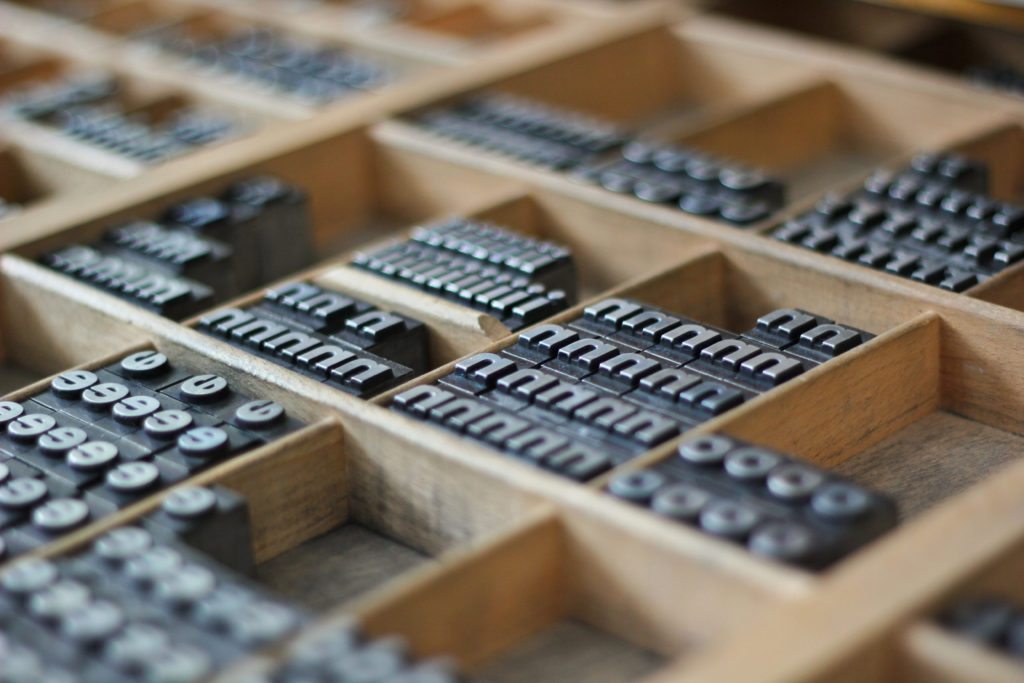

How it Works
Letterpress is a relief printing process – the image to be printed is raised above the base of the plate. Pressure is applied to push the image into the paper, on either a cylinder or a platen press. Many clients – including artists and designers, as well as brides and event planners – favor a deep impression. Cotton papers have long, strong fibers and are well-suited to a “hard hit.” Letterpress is also a great choice when selected stocks are too thick or too ridged for a litho press.

Inks
We use special full-bodied inks that are generally more opaque than offset inks. On dark stock, silver or fluorescent ink can be great. And papers with good surface sizing always help improve the printed image. We are able to print on unsized stocks, but it’s usually at a cost to image quality. And letterpress without ink – called a “blind hit” – is terrifically tactile.

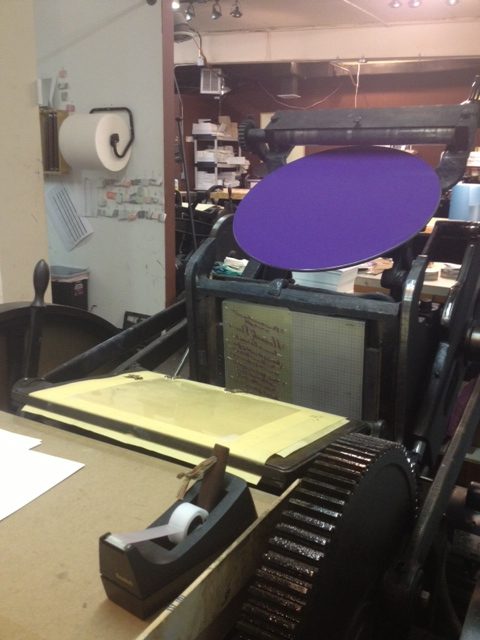
Pros and Cons
Letterpressed patterns are a favorite of ours – they can emulate the textures of tile or upholstery and make an engaging background for typography and litho illustrations. Letterpress is also great for hand-lettering and sketches. We generally print with a “deep impression,” but our pressmen can adjust the depth/relief to deliver the level of tactile result desired.
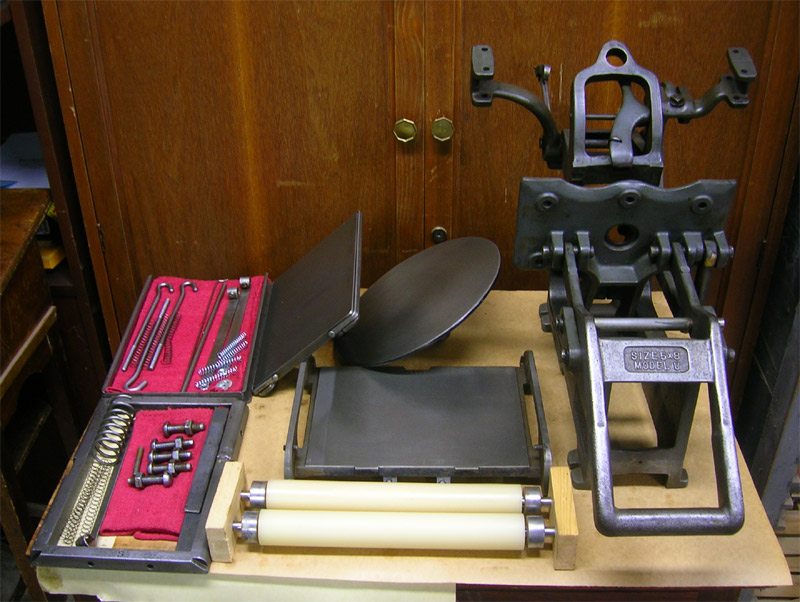
Because letterpress inks are less opaque than engraving, the process works better on white or light paper stocks, and we do not recommend it for whites or metallic inks. Letterpress plates are less expensive to make than engraving dies because we can use a photo film process to make the dies from Kate’s illustrations, rather than the hand-carved process needed for steel and copper dies for engraving. Thus letterpress is a good option for a client who wants a hand pressed piece, and the look of a deep emboss, but does not want to invest in engraving.
The Finished Product
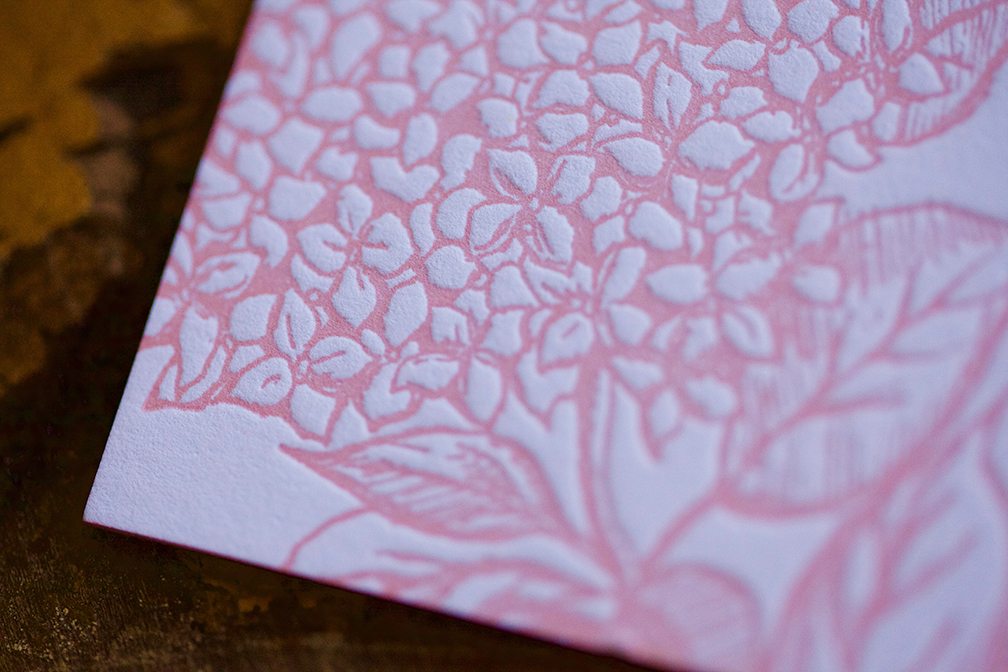

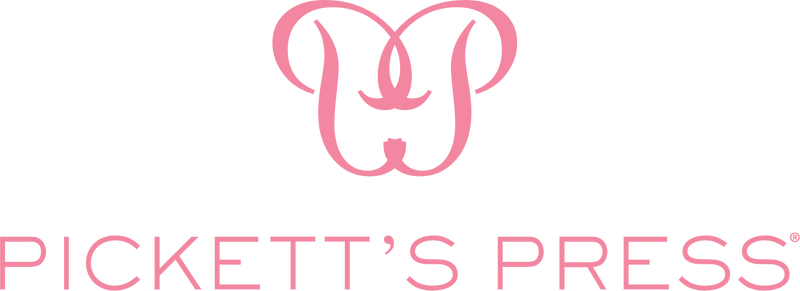
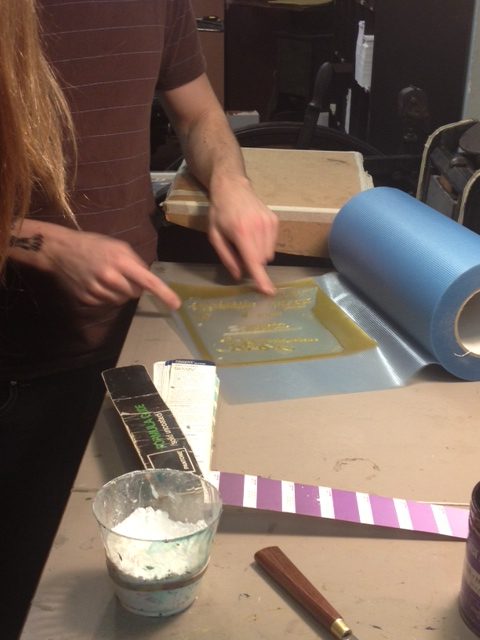

Leave a comment